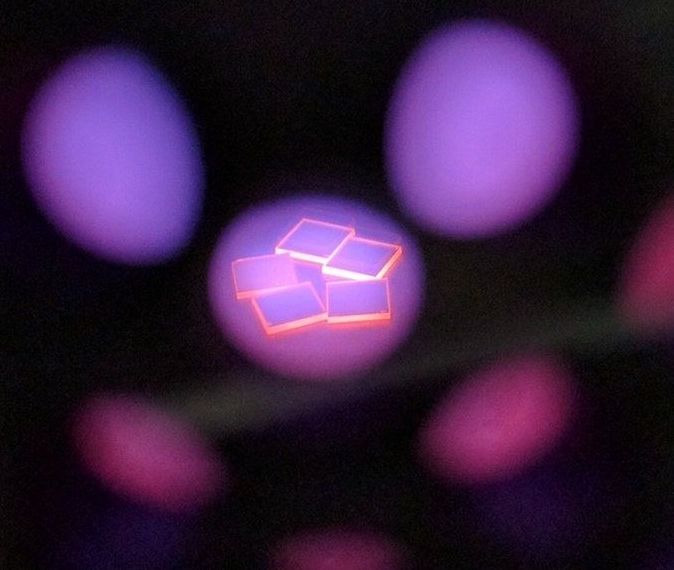If you’re one of the unlucky millions of people burdened by allergies, you know that sometimes there’s only so much antihistamines can do to help.
Researchers have been working to find more effective allergy treatments, and now they’ve discovered how a particular antibody can stop an allergic reaction from happening altogether.
An allergic reaction is the immune system’s way of completely overreacting to a normally benign substance, from proteins in cat saliva to surprisingly deadly peanuts.









